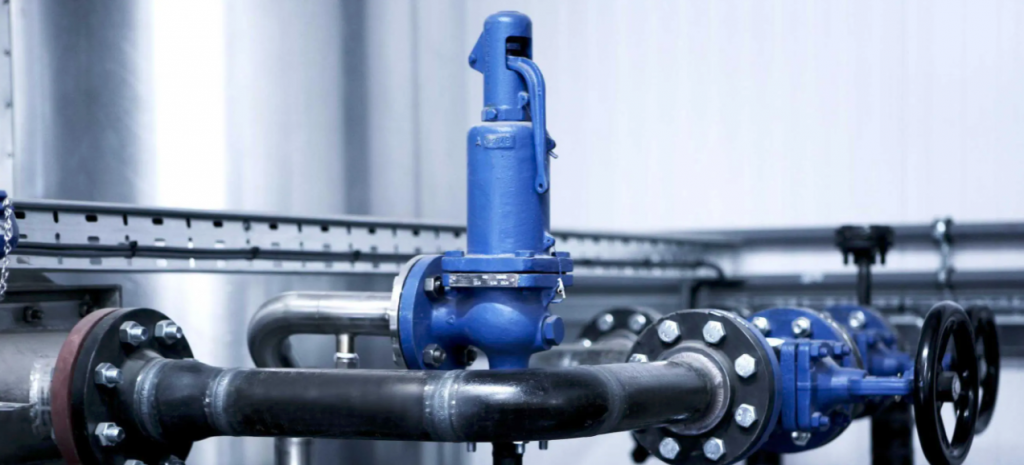In the world of industrial engineering, understanding the setting pressure on a relief valve is crucial. These valves play a vital role in ensuring the safety and efficiency of various systems. Knowing how to set the correct pressure can prevent accidents and ensure systems operate smoothly. In this article, we will delve into the details of setting pressure, why it’s important, and how it impacts system performance.

Understanding Pressure Relief Valves
A pressure relief valve is an essential safety device designed to protect pressurized systems from excessive pressure. These valves open automatically when the pressure exceeds a predetermined level, allowing the excess pressure to be released. This prevents potential damage to equipment and ensures the safety of personnel working with the system.
Components of a Pressure Relief Valve
Understanding the components of a relief valve is the first step in grasping how they function. Typically, a relief valve consists of the following parts:
- Valve Body: The main structure housing all components.
- Spring: Provides the force to keep the valve closed until the pressure setting is reached.
- Disc: Creates a seal to prevent fluid flow until the set pressure is exceeded.
- Adjusting Screw: Allows for fine-tuning of the set pressure.
Why Setting Pressure on a Relief Valve Matters
Properly setting the pressure on a relief valve is critical for several reasons:
- Safety: Prevents system over-pressurization, which can lead to catastrophic failures.
- Efficiency: Ensures the system operates within its intended range, optimizing performance.
- Compliance: Meets industry standards and regulations, such as the ASME codes.
Steps to Set the Pressure on a Relief Valve
Setting the pressure on a relief valve involves several steps. Here’s a detailed guide:
1. Identify System Requirements
Before setting the pressure, it’s essential to understand the system’s requirements. This includes the operating pressure and the maximum allowable pressure.
2. Refer to Manufacturer’s Guidelines
Always refer to the manufacturer’s guidelines for specific instructions on setting the pressure. This ensures you comply with all safety and operational standards.
3. Use Proper Tools
Ensure you have the right tools, such as a pressure gauge and an adjusting wrench, to make precise adjustments.
4. Adjust the Pressure Setting
Using the adjusting screw, make the necessary adjustments to the valve. Turn the screw clockwise to increase the pressure setting and counterclockwise to decrease it.
5. Test the Valve
After setting the pressure, it’s crucial to test the valve to ensure it operates correctly. This involves applying pressure to see if the valve opens at the desired setting.
Common Challenges in Setting Pressure
While setting the pressure might seem straightforward, it comes with its challenges:
Calibration Issues
One common issue is improper calibration. This can lead to inaccurate pressure settings, affecting the valve’s performance.
Environmental Factors
External factors, such as temperature fluctuations, can impact the valve’s performance. It’s essential to account for these when setting the pressure.
Maintaining Relief Valves
Regular maintenance is crucial for the longevity and performance of pressure relief valves. This includes:
- Routine Inspections: Regularly check for any signs of wear or damage.
- Cleaning: Ensure the valve is free from debris that could affect its operation.
- Calibration: Periodically recalibrate the valve to ensure it operates at the desired pressure.

FAQs about Pressure Relief Valves
1. What is the purpose of a pressure relief valve?
A pressure relief valve is designed to protect systems from excessive pressure, ensuring safety and preventing damage to equipment.
2. How often should a relief valve be tested?
It’s recommended to test relief valves at least once a year, or more frequently if the system operates under harsh conditions.
3. Can I adjust the pressure setting myself?
While it’s possible to adjust the pressure setting, it’s advisable to consult with a professional to ensure it’s done correctly and safely.
For further insights on pressure relief valves, you can explore this comprehensive guide.
Proper understanding and management of pressure relief valves can significantly enhance system safety and efficiency. By following the steps outlined and staying informed, industrial engineers can ensure optimal performance of their systems.
This article contains affiliate links. We may earn a commission at no extra cost to you.



